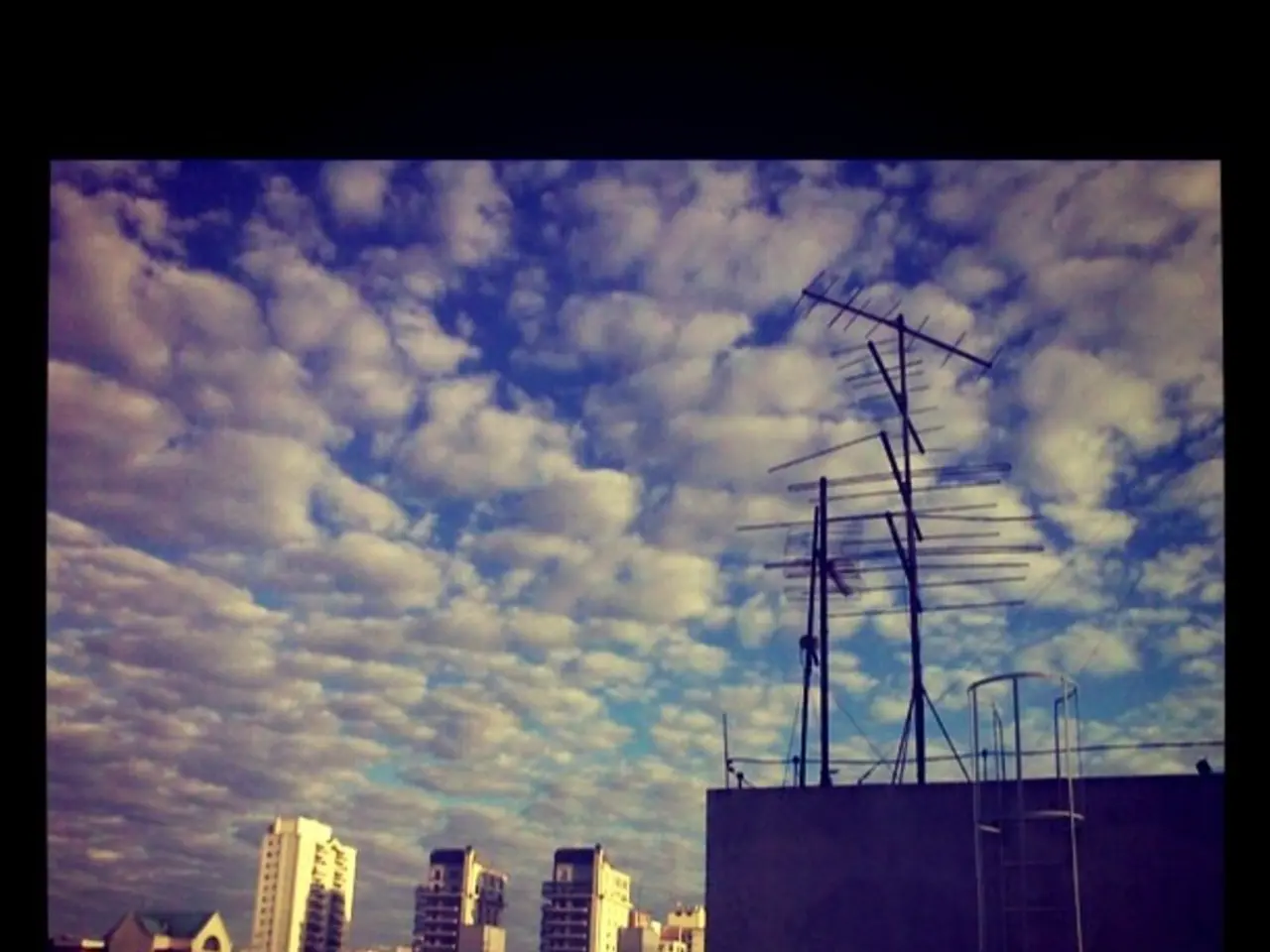Direction Finding Using Radio Signals
In the world of communications, finding hidden signals can be a crucial skill. This is where Radio Direction Finding (RDF), also known as direction finding (DF), comes into play. RDF is a technique used to locate the source of a radio transmission, whether it's a weak emergency beacon or a clandestine communication.
The first step in RDF is recognising a transmission is taking place. This can be achieved through signal collection or foreknowledge. Once a transmission is detected, the next step is to fix its location in space. This can be done through multiple direction-finding stations or active tracking with mobile or man-portable DF stations.
Propagation concerns, such as temperature, terrain, and vegetation, can significantly affect the reception of signals, especially with VHF and UHF signals. Understanding these factors can help in accurately locating the transmitting station.
Becoming proficient with RDF tools, techniques, and procedures takes time and consistent effort. Practicing in controlled settings like radio orienteering or fox hunting can help build those skills more quickly. The best type of antenna for RDF is the "Yagi" style, and understanding the antenna's beam width helps narrow the search area and improve accuracy.
Frequency hopping is an effective technical countermeasure for staying one step ahead during radio direction finding operations. Using directional antennas for long-distance communications requires solid land navigation skills and reduces the chance of interception.
Proper radio field craft can significantly improve communications security (COMSEC) and reduce the risk of detection or interception. Staying on the move, keeping transmissions short and direct, and using pre-established code sheets can help avoid detection during communication.
Environmental factors can interfere with accurately direction finding a transmitting station. Signal reflection causing multi-path transmission is common in urban or suburban environments, leading to false bearings. Limiting transmission power and selecting frequency bands based on their propagation weaknesses can help reduce the chance of detection.
RDF focuses on the presence of a signal, not its content, regardless of whether it is encrypted or unencrypted. Equipment for RDF includes simple, cost-effective, field-expedient tools, commercially available direction finders, and purpose-built COTS systems.
Success rates are higher when tracking a continuous transmission source, such as an emergency beacon, compared to tracking an ephemeral source that is intermittent, brief, or transmits at irregular intervals.
Practicing radio direction finding (RDF) skills is beneficial, and events like fox hunts can help sharpen manual RDF skills. Vegetation, hills, and other natural barriers can help block or weaken line-of-sight transmissions, making it harder for others to receive your signal or determine your position.
A consistent check-in schedule increases the risk of being found, so using a random check-in schedule helps keep you off the radar. Land navigation equipment for RDF includes a compass and a way to identify current position, such as a map, GPS, or both. Communication gear and skills are necessary for RDF, including a radio separate from the one used for direction finding and the ability to stay in contact with other elements on the team.
In conclusion, mastering radio direction finding is a valuable skill that can aid in various situations, from finding a lost hiker to locating a clandestine communication. With practice and the right tools, anyone can become proficient in this fascinating field.







